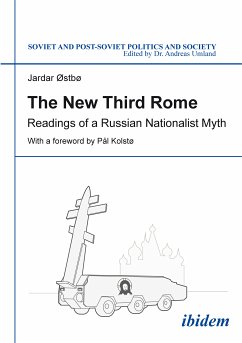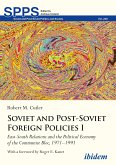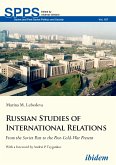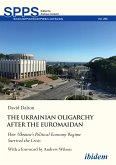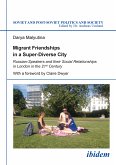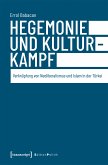This fascinating book analyzes the sources, contents, and implications of contemporary Russian messianism. The medieval idea of Moscow as the ‘Third Rome’ has been fascinating scholars and students of Russia for more than 150 years. Since its rediscovery, ideologists, writers, and politicians ranging from Western critics of Moscow’s foreign policy to ardent Russian imperialists have used the concept as ‘evidence’ of Russian particularism and expansionism. But for the author of the idea of the Third Rome, the Orthodox monk Filofei (Philotheus) of Pskov, it was a religious concept he referred to when criticizing what he saw as the apostasy of his time. Authors of Russian history textbooks often see it as a political, even imperialist idea, whereas specialist medievalists for decades have been arguing that it cannot be regarded as anything else than religious and other-worldly. This book is the first to look beyond this dichotomy between the ‘original religious idea’ of the Third Rome and its ‘use’ for political purposes. Drawing on theories of political myth and concepts of nationalism, Østbø develops a novel analytical perspective. Rather than dismissing political uses of the religious, medieval idea as ‘wrong’, the author analyzes the modern content and ideological function of the myth of the Third Rome. Through case studies of four prominent nationalist intellectuals, the author shows how this messianic myth is used to ‘reinvent’ Russia after the collapse of the Soviet Union. These writers use their own constructed image of the Russian nation to demonstrate what Russia ‘should be’ and its allegedly rightful place in the world. Existing in radically diverging versions, the myth of the Third Rome routinely conveys particularism and rabid anti-Westernism. At ‘best’, the myth is used to forge a self-image of the Russians as an essentially isolationist civilization. At worst, it is used to ‘explain’ how the Russians, superior to all other nations, are divinely elected to be the rulers of a world empire.

